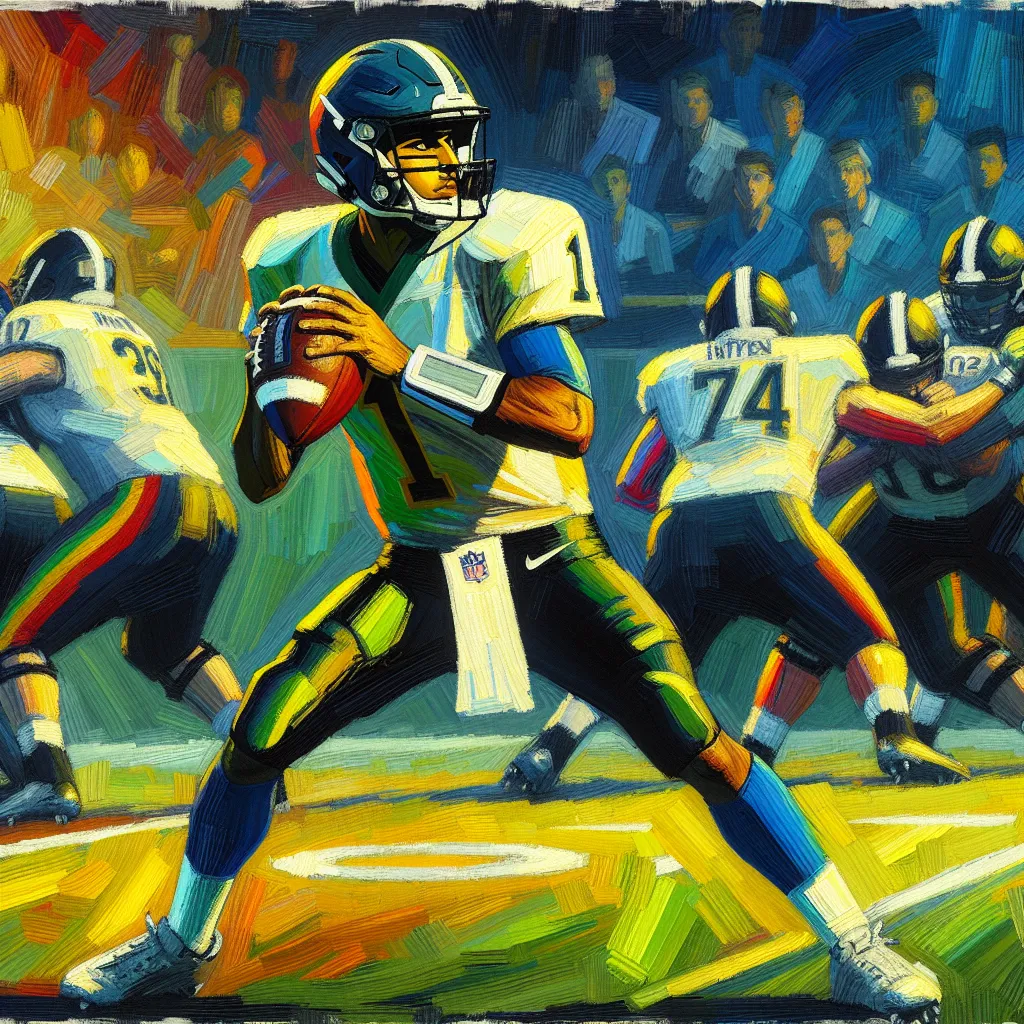
- Published on
- Authors

- Name
- Sports Tips
Reading the Defense: Pre-Snap Recognition
Introduction
In the chaotic world of football trenches, the left guard position is one of the most intellectually demanding on the offensive line. Their ability to read defensive alignments and anticipate blitzes and stunts pre-snap can make the difference between a clean pocket and a disastrous play. This article will provide insights into the strategies and techniques that can elevate the game of aspiring left guards and young coaches alike.
Key Indicators of Defensive Alignments
Understanding the defensive front is crucial for effective pre-snap recognition. Here, we outline some common defensive alignments and what they might signal to a savvy left guard:
1. 4-3 Defense
| Indicator | Explanation |
|---|---|
| Even Front | Defensive linemen in 4-point stances. |
| Linebackers | Positioned directly behind the defensive line. |
| Safeties | Typically playing deeper, closer to zones. |
Key Tips:
- Expect a balanced run/pass defense.
- Watch for middle linebacker shifts; it could indicate a blitz.
2. 3-4 Defense
| Indicator | Explanation |
|---|---|
| Odd Front | Three down linemen with nose tackle. |
| Linebackers | Four linebackers, two often poised at the line. |
| Safeties | Frequently closer to the line for run support. |
Key Tips:
- The defensive ends may drop back in coverage; prepare for delayed blitzes from inside linebackers.
- The nose tackle’s alignment can hint at the direction of the stunt.
3. Nickel Defense
| Indicator | Explanation |
|---|---|
| Extra Defensive Back | Five defensive backs, typically for pass coverage. |
| Linebackers | Usually two, with heavier reliance on DBs. |
| Defensive Line | Often three or four, depending on the situation. |
Key Tips:
- Watch for DBs inching closer; it could indicate a cornerback or safety blitz.
- Linebacker positioning nearer the gap signals blitz or coverage adjustment.
Recognizing Blitzes and Stunts
Blitz Recognition
Blitzes are high-risk, high-reward defensive plays. Recognizing them is crucial for the left guard. Typical indicators include:
- Defensive Backs creeping up: Especially from the slot or edge.
- Linebacker body language: Intense focus and pre-snap movement towards gaps.
- Unusual Defensive Line Gaps: Defensive linemen may line up wider or tighter than usual.
Stunt Recognition
Stunts involve a strategic switch between defensive line players to confuse blockers. Key indicators include:
- Pre-snap Shift: Quick shifts from defensive linemen just before the snap.
- Eye on the Ball: Defensive linemen focusing more intensely on the ball's movement.
- Unconventional Setups: Ends and tackles lining up in a non-standard alignment.
Adjustments and Communication
Pre-Snap Adjustments
Prepare for in-game adjustments as soon as you identify defensive intentions.
- Call Out the Mike: Identify the middle linebacker to help set protection schemes.
- Audible Blocks: Use code words to adjust the blocking scheme on the fly.
- Double Teams: Quickly identify which defensive player requires a double team.
In-Game Communication
Clear, concise communication is pivotal.
- Vocal Calls: Short, loud calls to relay blitz or stunt recognition.
- Hand Signals: Discreet signals for audibles and blocking adjustments.
- Constant Check-ins: Keep eye contact with the center and tackle to ensure everyone is on the same page.
Conclusion
Mastering pre-snap recognition as a left guard requires a blend of player intuition and coaching wisdom. By understanding defensive alignments, recognizing blitzes and stunts, and making smart adjustments, left guards can protect their quarterback and open up running lanes effectively. Remember, the game is won in the mind before it’s ever played on the field.
Happy blocking!
